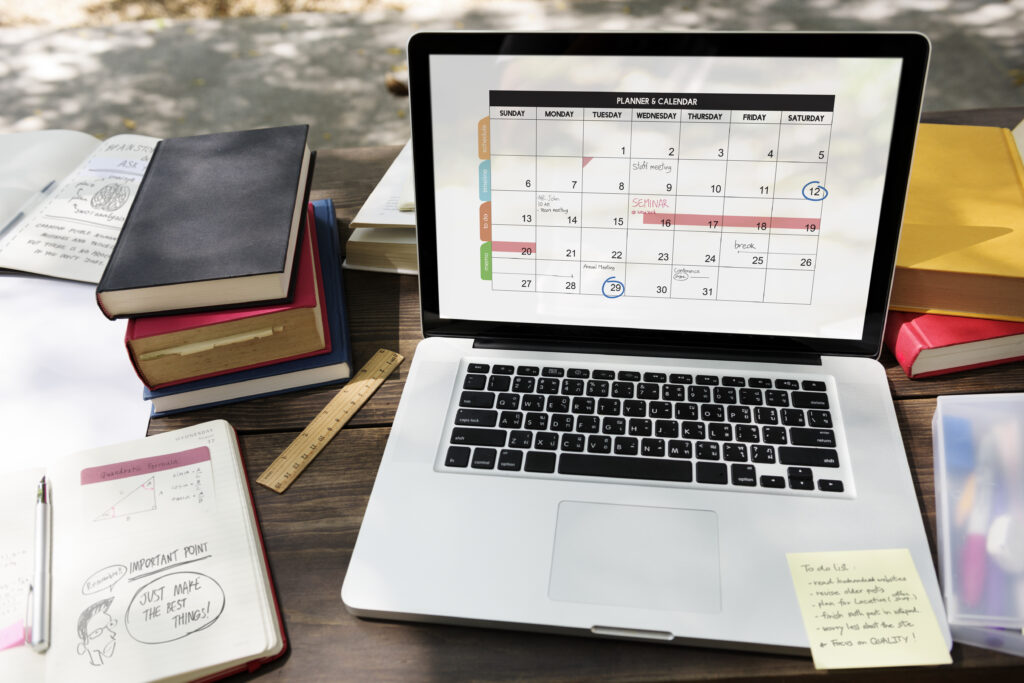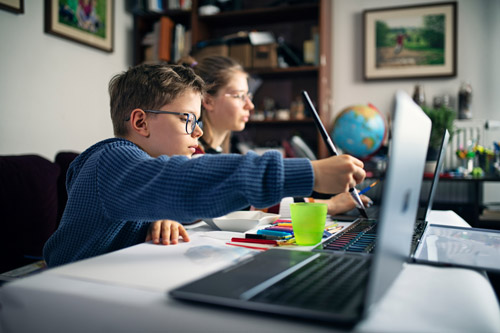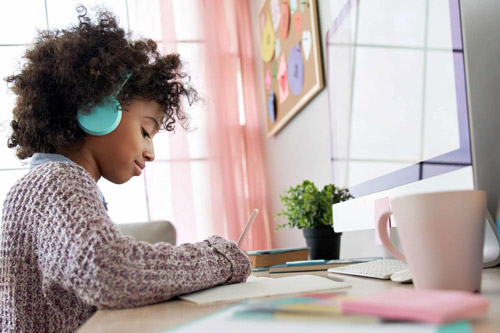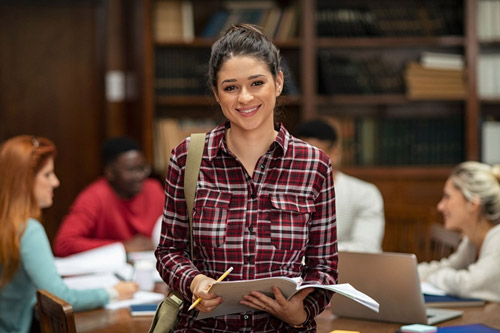In today’s world, the way we gain knowledge and skills differs from traditional conventions. These new methods have reached the K–12 environment as well, so students need more than just knowledge — they need the skills to take charge of their own learning. That’s where Self-Regulated Learning (SRL) comes in.
SRL has become more important than ever. When students have the freedom to learn at their own pace, they also need the means to improve focus and productivity.
We will explain what SRL is, explain why it is important in more detail and how we, as EduWW online K–12 school, encourage our students to acquire these skills.
What Is Self-Regulated Learning?
Self-Regulated Learning (SRL) is a set of skills that allow a person to take charge of their own education.
Instead of relying only on teachers or fixed schedules, students with these skills know how to plan, monitor, and reflect on their progress mostly by themselves.
You can think of SRL as a student’s inner toolkit:
- They set clear goals;
- They use strategies to reach them;
- They track their progress;
- They adapt when something doesn’t work.
In online K–12 schools such as EduWW whose education program is self-paced, SLR is not only important but a part without which students may struggle.
Theoretical foundations (main models summed simply)
Here are some of the theoretical developments that explain it in a bit more detail.

Zimmerman’s cyclical model
Barry J. Zimmerman framed SRL as a cycle with three phases:
- Forethought — Students analyze the task, set goals, and plan strategies. Motivation also plays a big role here — students with higher self-confidence and a strong belief in the value of the task plan more effectively;
- Performance (volitional control) — Students put their strategies into action and monitor how well they are working. For example, they might test themselves mid-study session to check understanding;
- Self-Reflection — Once the task is complete, students evaluate how they did, explain why they succeeded or failed, and decide what to change for next time.
Winne & Hadwin’s Information-Processing Model
Philip Winne and Allyson Hadwin view SRL as a feedback loop in which students constantly process information.
They outline four recursive stages:
- Task Definition: Understanding what the task demands;
- Goal Setting and Planning: Deciding what needs to be done and how;
- Strategy Enactment: Applying learning strategies;
- Adaptation: Making changes based on feedback or results.
This model highlights the role of monitoring and feedback.
Students don’t just move step by step — they cycle back when they realize their plan isn’t working.
For example, if a student notices low quiz scores after trying only to reread notes, they might adapt by switching to practice testing.
Pintrich’s Model of SRL
Paul Pintrich expands on SRL by including the influence of motivation and classroom context. He describes regulation as happening across four areas:
- Cognition: Strategies for remembering, understanding, and applying information;
- Motivation/Affect: Regulating beliefs, interest, and emotions to keep learning on track;
- Behavior: Managing effort, time, and help-seeking;
- Context: Understanding and adapting to the environment, such as teacher expectations or course requirements.
This model is especially useful in K-12 education because it shows that SRL isn’t just about cognitive skills — it’s about balancing motivation, emotions, and external demands too.
Co- and Socially Shared Regulation of Learning
While the first three models focus on individuals, newer research stresses that learning is often social.
Students frequently regulate learning with others:
- Co-regulation: A more experienced partner (like a teacher, parent, or peer) temporarily supports the learner in regulating their strategies. Over time, the learner takes on more responsibility;
- Socially Shared Regulation: In group projects, learners work together to set goals, monitor progress, and reflect collectively;
This perspective reminds us that SRL doesn’t happen in isolation — even the most independent learners benefit from structured guidance and collaborative experiences.
What is the connection between SRL and Self-Paced Curriculum?
A self-paced curriculum allows students to move through lessons and assignments at their own speed, rather than being tied to a fixed classroom schedule.
This flexibility has many benefits: learners can spend more time on challenging topics, breeze through material they already understand, and fit schoolwork around other commitments.
However, with this freedom comes responsibility — and that’s where Self-Regulated Learning (SRL) plays a crucial role:
- Planning: In a self-paced system, students must decide when and how much to study, which requires clear goals and time management;
- Monitoring progress: Without daily reminders from teachers, students need to check their own understanding and make adjustments if they fall behind;
- Staying motivated: A flexible curriculum gives students autonomy, but motivation can dip without the structure of regular classes. SRL strategies like self-reward, reflection, and breaking tasks into smaller goals help keep momentum;
- Using support wisely: Successful self-paced learners know when to ask for help — whether from a tutor, parent, or online resource — instead of struggling in silence.
In short, a self-paced curriculum creates the perfect environment for SRL to flourish. Students learn not only the subject matter, but also how to learn — a skill that benefits them far beyond their school years.
At our school, EduWW, this connection is built into the model.
Students enjoy the flexibility of a self-paced program but are guided by structured deadlines, progress tracking tools, and supportive tutors.
This balance ensures they can practice and strengthen their self-regulation skills while still feeling secure and supported.



